Mid-South Septic Tank Services
Mid-South Septic Tank Services LLC
Residential Septic System Tank Services

New Construction/Replacement
Septic Tank Installations

Repair
Septic Tank Repairs

Maintenance
Septic System Inspections

Maintenance
Tank Pumping, Draining
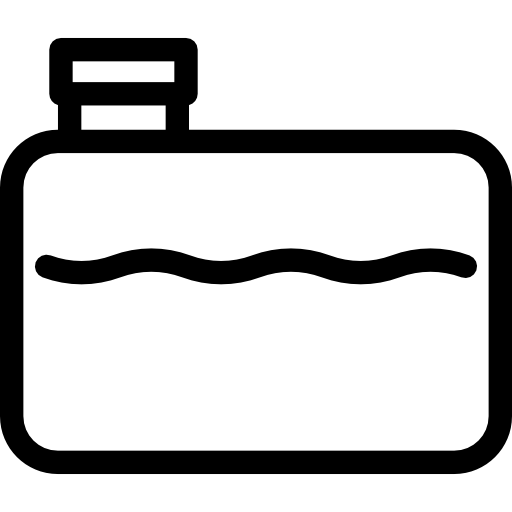
Transport
Treatment Units

Maintenance
Waste Treatment

Transport
Air Pumps

Cleaning
Bacteria Solution

Maintenance
Sewer Line Repair
Need an Estimate?
Mid-South Septic Tank Services LLC
Commercial Septic System Tank Services


Treatment Plants
Sewage Treatment Plants are used when it’s not possible to install a tank, often due to high water tables, and levels of bedrock or clay soils.
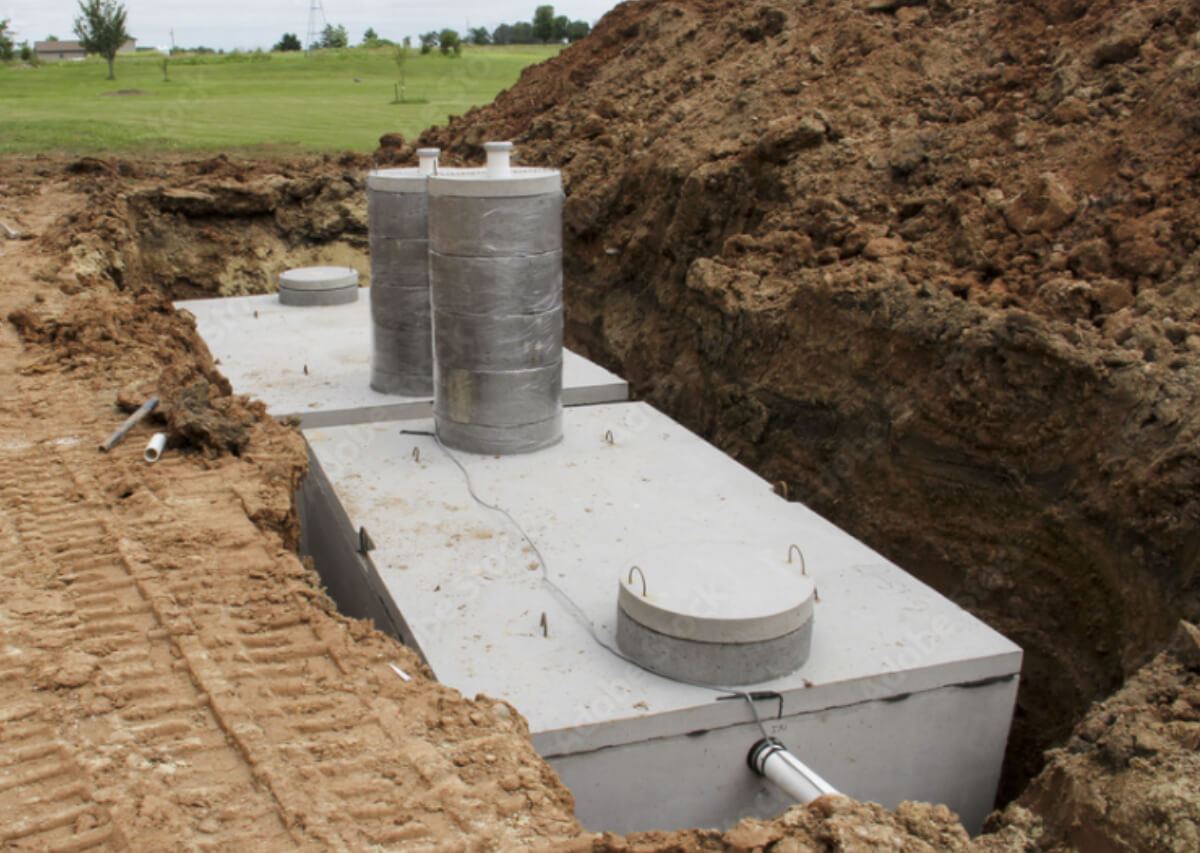

Septic Tanks
Septic systems are underground wastewater treatment structures, commonly used in rural areas without centralized sewer systems.
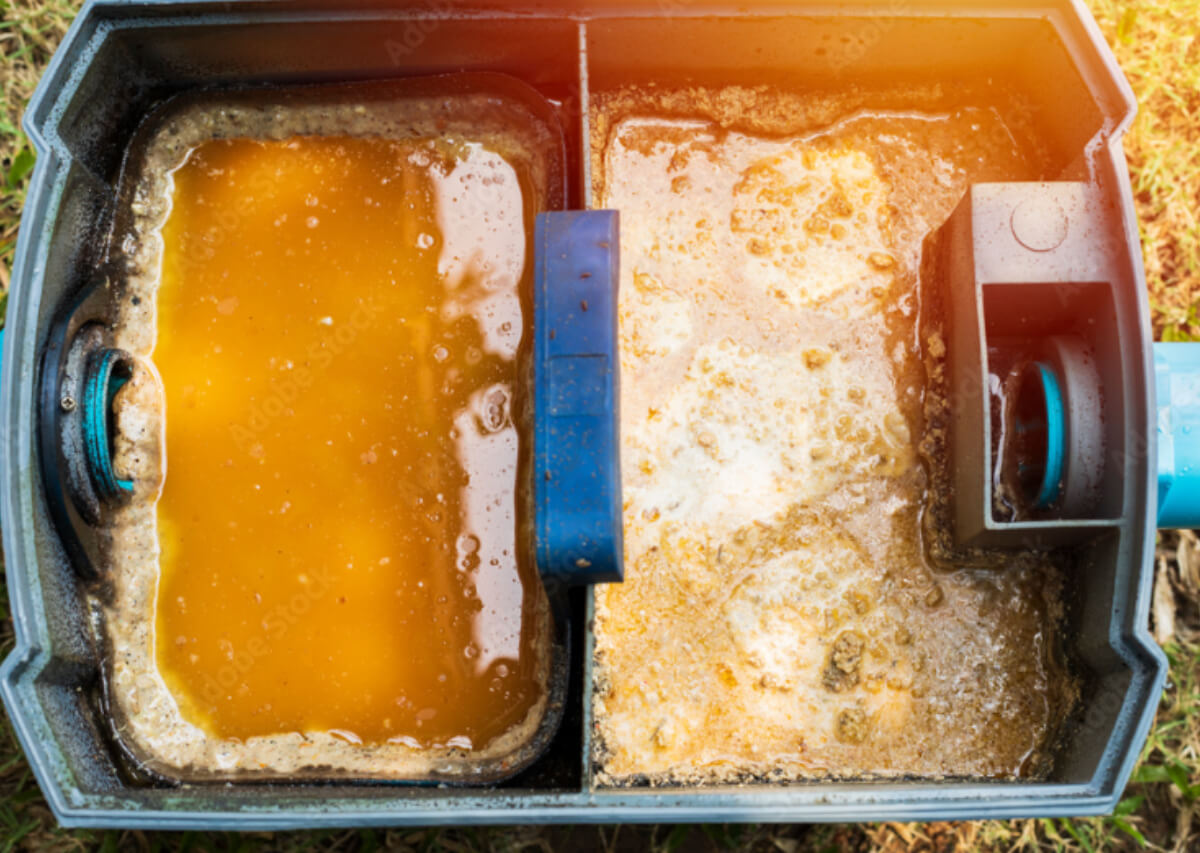

Grease Traps
Grease traps are generally used in the restaurant & food processing to prevent fats, oils & grease from entering the septic tank.
Mid-South Septic Tank Services LLC
Septic Systems and Tank Services
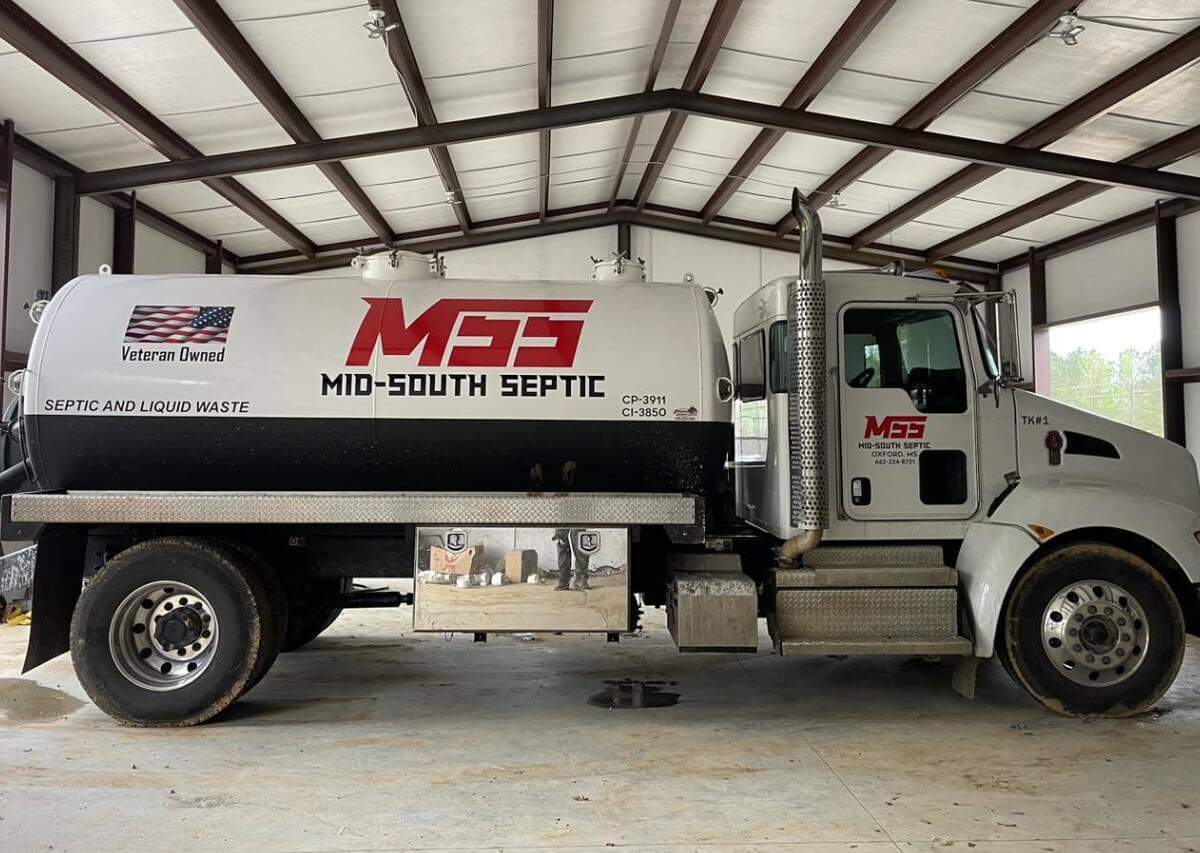
Oxford MS Septic Services
Contact us today to learn more about our septic tank repair, cleaning, and pumping service. It’s critical that your septic tank be serviced every 3 to five years to preserve the overall health and safety of your home.
We pride ourselves in offering Quality Service. We’re dependable and reliable. Mid-South Septic Tank Services is ready to speak with you about your residential or commercial request for service today.
Serving the Area Since 1984
Professional and Affordable Service
Licensed, Bonded, Insured
Quick Service Turnarounds
Friendly and Experienced Staff
Need an Estimate?
Septic Tank Install, Repair, Cleaning, and Inspections
Residential & Commercial
Septic tank treatments for residential and commercial purposes involve the use of specialized products to enhance the efficiency and longevity of septic systems. These treatments often consist of bacterial additives that help break down organic waste and solids within the tank, facilitating decomposition and preventing clogs. Regular application of these treatments can maintain proper functioning, prevent odors, and reduce the need for frequent pumping of the septic tank.
Septic tank installation involves the placement of an underground wastewater treatment system on a property without access to a municipal sewer line. The process includes excavating a suitable location, installing the septic tank, connecting it to the household plumbing, and creating an effluent distribution system, typically a drain field, to disperse treated wastewater into the soil. Proper installation is crucial for efficient and environmentally responsible waste disposal in areas not served by centralized sewage infrastructure.
Septic tank inspections involve a thorough assessment of on-site wastewater systems to ensure their proper functioning and compliance with regulations. Trained professionals examine the tank’s structural integrity, level of accumulated solids, and effluent distribution. This process helps identify potential issues, such as leaks or blockages, and allows for timely maintenance to prevent environmental contamination and system failures.
Septic tank repairs involve fixing issues within a septic system designed to treat and dispose of household wastewater. These repairs might address problems such as leaks, cracks, or structural damage in the tank, inlet/outlet pipes, or drainage field. Proper repairs are crucial to prevent environmental contamination and ensure the system’s efficient functioning.
Septic tank draining and pumping is a vital maintenance process for sewage systems. It involves removing accumulated sludge, scum, and wastewater from the septic tank using specialized vacuum equipment. Additionally, pumping and draining to clean the tank’s interior walls and inlet/outlet pipes, ensuring proper functionality and preventing blockages.
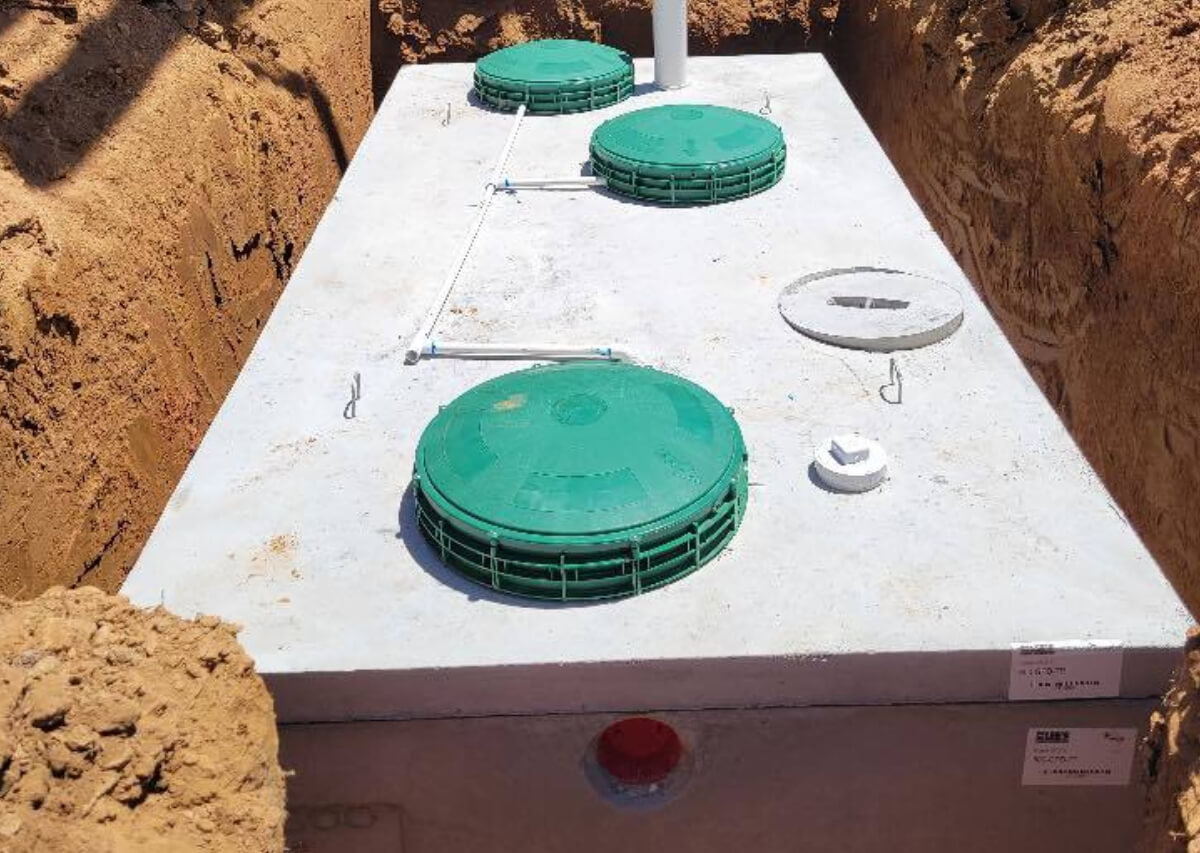
Mid-South Septic Tank Services LLC
Septic Tank Systems detailed services
Septic Tank Systems
Septic systems are underground wastewater treatment structures, commonly used in rural areas without centralized sewer systems. They use a combination of nature and proven technology to treat wastewater from household plumbing produced by bathrooms, kitchen drains, and laundry.
A typical septic system consists of a septic tank and a drainfield, or soil absorption field.
The septic tank digests organic matter and separates floatable matter (e.g., oils and grease) and solids from the wastewater. Soil-based systems discharge the liquid (known as effluent) from the septic tank into a series of perforated pipes buried in a leach field, leaching chambers, or other special units designed to slowly release the effluent into the soil or surface water.
Having your septic system frequently inspected & pumped will keep your system working properly. We’ll inspect for leaks & examine the scum & sludge layers in your septic tank.
By Maintaining Your Septic System, You Can:
- Save Money
- Keep You & Your Neighbors Healthy
- Protect the Environment
Septic Tank Inspection
Septic tank inspection holds paramount importance for both environmental preservation and public health. Regular inspections ensure that these vital wastewater treatment systems operate efficiently, preventing potential leaks, backups, and contamination of groundwater. A thorough assessment can identify issues early on, allowing for timely repairs and maintenance, which not only extend the lifespan of the septic system but also mitigate the risk of costly, disruptive failures. Furthermore, proper septic tank inspection helps safeguard the well-being of communities by minimizing the spread of harmful pathogens and pollutants, underscoring its essential role in maintaining the integrity of our ecosystems and protecting the health of individuals and communities alike.
Repairs, Pumping, and Draining
Septic tank repairs, pumping, and draining are important for the proper functioning of a household’s wastewater disposal system. These essential maintenance tasks ensure that the septic tank continues to efficiently and safely process and treat sewage and wastewater. Regular pumping and draining prevent the accumulation of sludge and scum, which can lead to blockages and system failures if left unattended. Additionally, timely repairs address any structural or mechanical issues, preserving the longevity of the septic system and preventing costly and hazardous backups or leaks. Neglecting these crucial maintenance procedures can result in environmental contamination, health risks, and significant financial burdens, underlining the vital role they play in safeguarding both public and environmental well-being.
Sewer Line Repair or Replacement
Fixing a broken sewer line leading to the septic tank is critical for several reasons. Firstly, it ensures the proper functioning of the entire septic system, preventing backups, overflows, and potential health hazards that can arise from untreated wastewater spilling into the environment. Secondly, a well-maintained sewer line promotes the longevity of the septic tank itself, reducing the risk of costly replacements or repairs. Furthermore, addressing a broken sewer line promptly can help prevent contamination of groundwater and surface water, safeguarding the surrounding ecosystem and public health. In essence, repairing this critical infrastructure component is not just a matter of convenience but a fundamental responsibility to safeguard both the environment and the well-being of those reliant on the septic system.
Complete Line of Bacteria
Mid-South Septic Tank Services LLC has a complete line of bacteria for your septic systems and is a CCLS distributor.
Septic tanks are home to beneficial bacteria, which decompose & transform waste products into an environmentally safe substance before draining. To maintain a healthy septic system, a regular pumping of the tank, the addition of beneficial bacteria & installation of a system filter are important.
CCLS is an all natural bacterial additive that contains 50 million colony-forming bacteria.
Advanced Water Treatment
The Advanced Enviro-Septic (AES) system from Presby Environmental is an effective, passive and nonmechanical onsite wastewater treatment system for residential, commercial and community use. The system is NSF Class I certified and BNQ certified for secondary and advanced secondary treatment.
It can remove up to 99 percent of wastewater contaminants by establishing multiple bacterial treatment environments throughout the system that break down and digest contaminants that leave the septic tank. The natural process allows the system to discharge highly purified wastewater, preventing soil clogging and groundwater contamination. No electricity or replacement media are required.
Air Pumps
Your septic air pump is the lifeline to your aerobic system. The system cannot function properly without the air pump working. It will put oxygen into the water, allowing the formation & survival of aerobic bacteria, which eat up all the waste in the tank. Air pump sizing is very important to the operation of your system & not every system uses the same size air pump. There are many different types & sizes of pumps. The size of the air pump is normally determined by the volume capacity of the tank, the style of air diffusers in the tank & how many gallons per day the system is designed to treat. Mid-South Septic Tank Services LLC will ensure that you get the right air pump for your tank.
Sewage Treatment Plants
Sewage Treatment Plants are used when it is not possible to install a septic tank, often due to high water tables, high levels of bedrock or clay soils. There are electric & non-electric systems. The electric system consists of a small electrically driven unit contained in one tank or housing. The non-electric system uses natural air currents to power the process so they don’t need spare parts replaced. They save carbon dioxide emissions, reducing greenhouse gases, & are suitable for intermittent use.
Maintenance & emptying are required at regular intervals. Mid-South Septic Tank Services LLC will help you determine how often your system needs maintenance & emptying.
Grease Traps
Grease traps are generally used in the restaurant & food processing business to prevent fats, oils & grease from entering the septic tank. They operate by allowing incoming wastewater to enter the “clear zone” in the grease trap. The fats, oils & grease collect at the top of the trap, while the wastewater exits through an opening at the bottom of the trap. The fats, oils & grease remain at the top of the tank and never leave the trap.
Grease traps should be serviced or pumped on a regular basis, or the trap can be filled with the fats, oils & grease. When this happens, these will no longer remain in the trap and can start producing an unpleasant odor.
Lift Stations
Lift stations play a crucial role in septic systems, serving as unsung heroes that ensure the efficient and hygienic disposal of wastewater from homes and businesses. These indispensable components are responsible for lifting and transporting sewage and wastewater from lower-lying areas to higher elevation treatment facilities, preventing backups, and ensuring the continuous flow of effluent. By facilitating the seamless operation of septic systems, lift stations help safeguard public health, protect the environment, and maintain the integrity of our communities. Their significance becomes all the more apparent when considering the alternative – untreated sewage overflow, contamination risks, and potential health hazards. In essence, lift stations are the unseen champions of septic systems, silently working to keep our sanitation systems running smoothly.
